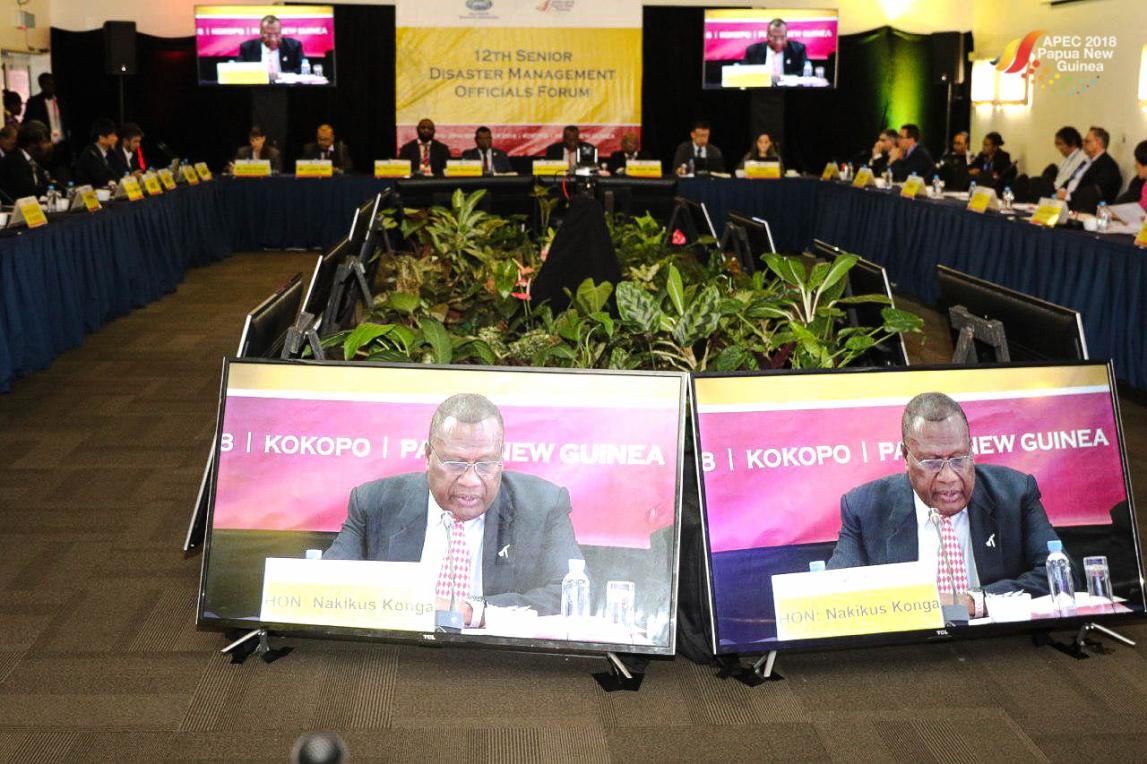Seniors, Disasters, and Satellite Data: A Recipe for Resilience
As the world's population ages, the number of seniors facing the risks of natural disasters is growing. These vulnerable individuals often have unique needs and challenges during emergencies, making timely and accurate information crucial for their safety and well-being. Satellite data, with its wide coverage, timely acquisition, and all-weather capabilities, plays a vital role in providing critical information to support seniors before, during, and after disasters.

Satellite Data For Disaster Management
Satellite data encompasses various types of information collected from space-based platforms. These include:
Optical Imagery
- Provides detailed visual information about the Earth's surface.
- Useful for identifying vulnerable areas, monitoring evacuation progress, and assessing damage.
Synthetic Aperture Radar (SAR) Imagery
- Can penetrate clouds and darkness, making it valuable for disaster response in all weather conditions.
- Used for mapping flood extents, detecting landslides, and monitoring infrastructure.
Global Positioning System (GPS) Data
- Provides precise location information.
- Used for tracking the movement of people and assets during evacuations and for coordinating救援 efforts.
Light Detection And Ranging (LiDAR) Data
- Measures the distance between the sensor and the Earth's surface, creating detailed 3D models.
- Useful for assessing building damage, identifying hazardous areas, and planning recovery efforts.
Applications Of Satellite Data For Seniors In Disasters
Satellite data plays a crucial role in supporting seniors' safety and well-being during disasters:
Evacuation Planning
- Identifying vulnerable areas and populations helps authorities prioritize evacuation efforts.
- Determining evacuation routes and shelters ensures safe and accessible options for seniors.
- Monitoring evacuation progress allows officials to track the movement of evacuees and provide assistance as needed.
Damage Assessment
- Identifying damaged infrastructure and buildings helps authorities prioritize response and recovery efforts.
- Estimating the extent of damage aids in resource allocation and planning for long-term recovery.
- Prioritizing areas for response and recovery ensures that the most critical needs are addressed first.
Needs Assessment
- Identifying the needs of affected seniors helps organizations provide targeted assistance.
- Providing information for targeted assistance ensures that seniors receive the specific support they require.
- Monitoring the delivery of aid tracks the distribution of resources and identifies any gaps in assistance.
Challenges And Opportunities

While satellite data offers immense potential for supporting seniors in disasters, several challenges hinder its effective utilization:
Challenges
- Data Availability and Accessibility: Accessing satellite data can be limited due to data restrictions, licensing issues, and technical barriers.
- Data Interpretation and Analysis: Interpreting and analyzing satellite data requires specialized knowledge and skills, which may not always be readily available.
- Communication and Dissemination of Information: Communicating and disseminating satellite-derived information to seniors and relevant stakeholders in a timely and accessible manner can be challenging.
Opportunities
- Advances in Satellite Technology: Ongoing advancements in satellite technology are improving data quality, resolution, and accessibility.
- Increased Availability of Open Data: The growing availability of open satellite data initiatives is making data more accessible to researchers and practitioners.
- Improved Data Analysis and Visualization Tools: Developments in data analysis and visualization tools are making it easier to interpret and communicate satellite data.
- Collaboration among Stakeholders: Collaboration among government agencies, academia, and non-profit organizations can enhance the use of satellite data for seniors in disasters.
Satellite data is a powerful tool that can significantly improve the resilience of seniors during disasters. By addressing the challenges and capitalizing on the opportunities, we can harness the full potential of satellite data to save lives, protect property, and promote the well-being of seniors in the face of natural disasters.
It is imperative that stakeholders, including government agencies, emergency management organizations, and humanitarian groups, work together to ensure that satellite data is effectively utilized to support seniors before, during, and after disasters. By doing so, we can create a safer and more resilient world for our aging population.
YesNo

Leave a Reply